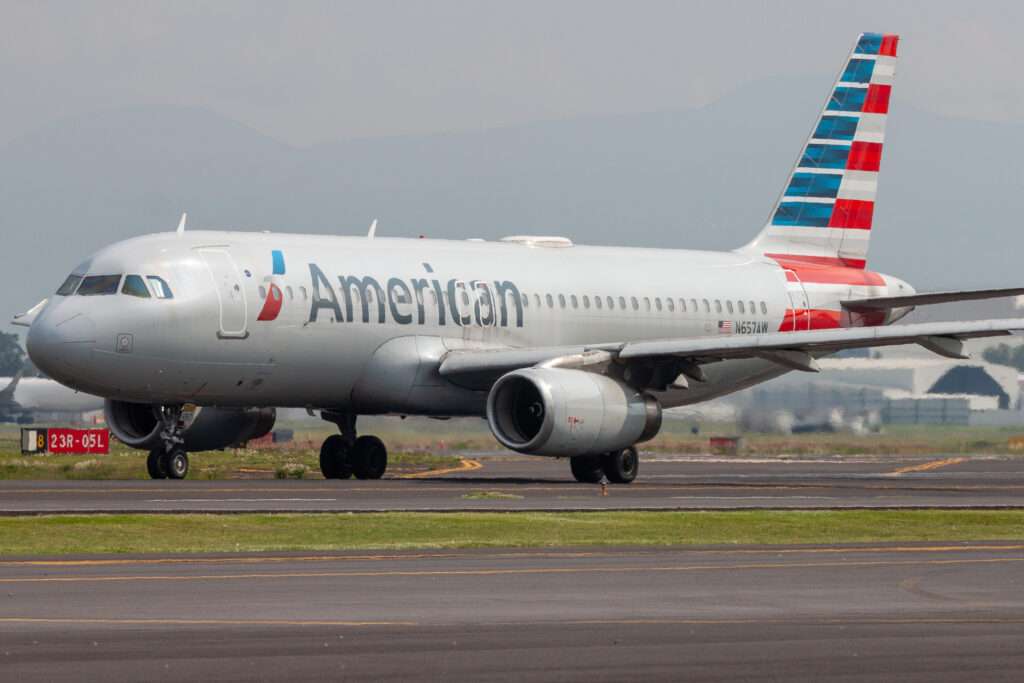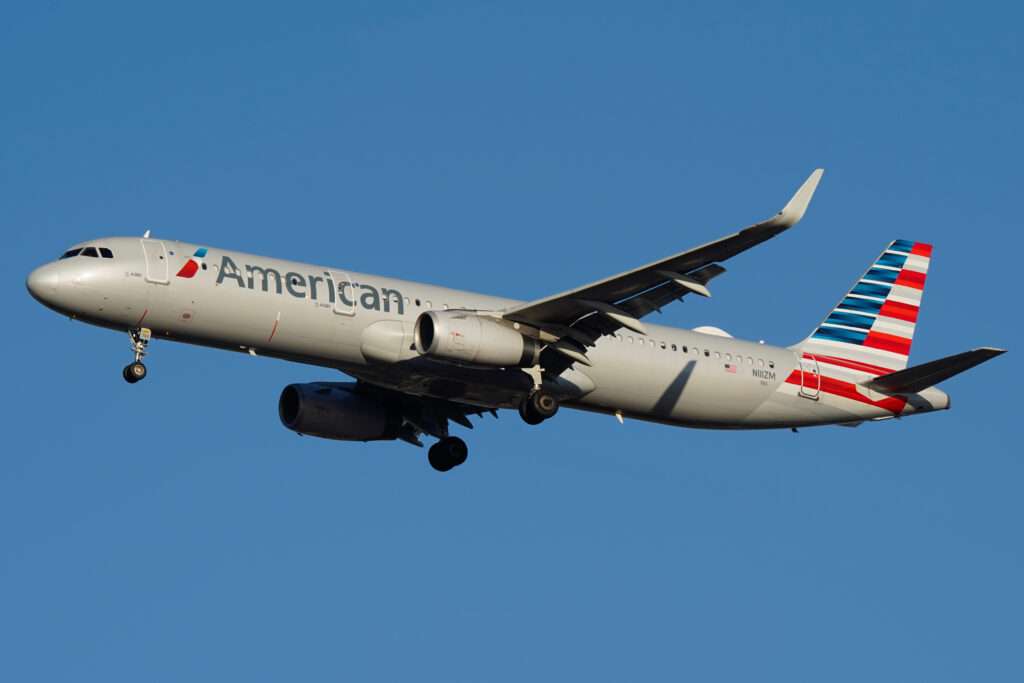American Airlines, a titan in the global aviation industry, boasts a rich history intertwined with the evolution of commercial air travel itself.
Its story stretches back nearly a century, marked by mergers, innovation, and a continuous push to reshape the skies.
From Humble Beginnings: A Union Takes Flight (1920s-1930s)

American Airlines’ roots lie not in a single company, but in a network of smaller carriers that emerged in the 1920s.
Two key players were Robertson Aircraft Corporation, founded in 1921, and Colonial Air Transport, established in 1923.
These companies, along with over 80 others, were consolidated under The Aviation Corporation in 1929.
A year later, The Aviation Corporation transformed into an operating airline known as American Airways.
Charles Lindbergh, the famed aviator, even flew mail for Robertson Aircraft Corporation.
This was a company that would eventually become part of American Airlines.
C.R. Smith, American’s first CEO, played a pivotal role in the airline’s early success.
He recognized the potential of the Douglas DC-3, a revolutionary aircraft that could carry more passengers and cargo compared to its biplane predecessors.
Smith’s persistence, famously demonstrated by a marathon phone call to Douglas Aircraft founder Donald Douglas, secured the DC-3 as American’s flagship aircraft.

This shift from mail service to passenger travel proved crucial, propelling American towards becoming a major airline.
The Golden Age of Travel: Flagships and Admirals Clubs (1940s-1960s)
The post-war era witnessed a boom in air travel, and American Airlines soared alongside it.
The iconic DC-3 continued to dominate the skies, earning the nickname “The Workhorse” for its reliability.
Furthermore, American also introduced the concept of “Flagship service,” offering luxurious amenities and personalized attention on premium routes.
This focus on passenger experience extended to the ground as well.
In 1934, American established the Admirals Club, the first airline lounge program, providing a haven for passengers with comfortable seating and refreshments.
Overall, these innovations cemented American’s reputation as a leader in the industry.
Navigating Change: Jets, Hubs, and Global Expansion (1970s-2000s)
The jet age ushered in a new era of speed and efficiency.
American embraced the change, phasing out propeller aircraft in favor of jets like the Boeing 707 and the McDonnell Douglas DC-10.

Furthermore, the airline also recognized the need for a strategic network to manage its growing fleet.
In 1979, American relocated its headquarters to Fort Worth, Texas, and adopted a hub-and-spoke system, establishing central airports to streamline connections between flights.
Dallas/Fort Worth International Airport became its primary hub, followed by Chicago O’Hare.
Furthermore, through strategic acquisitions, American expanded its international footprint.
In 1971, Trans Caribbean Airways brought Caribbean destinations into the fold.
The landmark acquisition of Trans World Airlines (TWA) in 2001 solidified American’s position as a global leader.
TWA’s extensive international network, particularly its strong presence in Europe and the Middle East, complemented American’s own routes.
Merging Forward: Challenges and Consolidation (2000s-Present)
Moreover, the airline industry faced turbulence in the early 21st century, with economic downturns, security concerns after 9/11, and rising fuel costs.
American filed for bankruptcy protection in 2011, a significant setback. However, the merger with US Airways in 2013 marked a turning point.
The combined entity, retaining the American Airlines name, emerged as the world’s largest airline by fleet size and passenger traffic.
Today, American Airlines continues to adapt and innovate.
Its focus lies on technological advancements, improved customer service, and a commitment to sustainability.
Furthermore, the airline invests in modernizing its fleet with fuel-efficient aircraft and explores alternative fuel options to reduce its environmental impact.
A Legacy of Innovation and Leadership
In conclusion, throughout its history, American Airlines has played a pivotal role in shaping the air travel landscape.
It pioneered the use of specific aircraft like the DC-3, introduced industry-firsts like the Admirals Club, and spearheaded a global network through strategic mergers.
Looking ahead, American Airlines faces new challenges, from competition in the airline industry to the ever-evolving travel landscape.
Overall, its rich history of innovation and adaptation suggests that this aviation giant will continue to navigate the skies for many years to come.

Click the banner to subscribe to our weekly newsleter.

Click the photo to join our WhatsApp channel so then you can stay up to date with everything going on in the aviation industry!









